Ancient societies would act wild in order to free the Sun from the animal.
Click on image for full size
Solar Eclipses Were not Always Enjoyed
Eclipses have been watched for centuries, but it was only recently that we understood what really occurs. Eclipses have always been fascinating to watch, but they weren't always welcome. For many years, civilizations around the world feared these rare occasions.
Ancient people were convinced a solar eclipse was a sign of something horrible. Some civilizations believed that the Sun was being eaten by some sort of animal, such as a dragon or wolf. They felt the only way to free the Sun was to act wild. So, the people would make noises called hullabaloos while dancing around and acting crazy. They continued this until the Sun was "free" from the animal.
Others believed an eclipse was a sign of disease and death. In South America, they believed a hidden Sun was the source of smallpox and the Spanish influenza. Some thought the Moon was evil, and chased after the Sun. In some stories, the Sun goddess was being chased by her brother, the Moon god. When he caught up with her, he would do evil things. People thought this meant evil things would happen on Earth.
You might also be interested in:
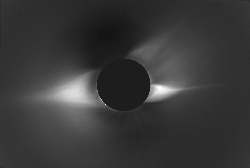
The last solar eclipse of this millennium occurred on August 11, 1999. Amateurs and scientists witnessed a truly awesome site. This was a total eclipse, which means the Moon completely covered the Sun.
...more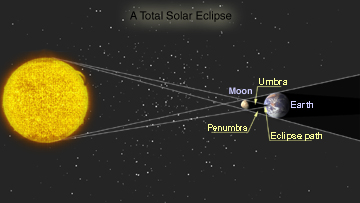
An eclipse of the Sun occurs when the Earth passes through the Moon's shadow. A total eclipse of the Sun takes place only during a new moon, when the Moon is directly between the Sun and the Earth. When
...more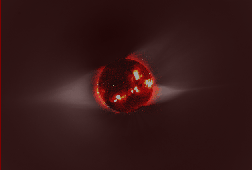
Rising above the Sun's chromosphere , the temperature jumps sharply from a few tens of thousands of kelvins to as much as a few million kelvins in the Sun's outer atmosphere, the solar corona. Understanding
...more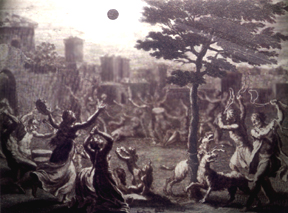
Eclipses have been watched for centuries, but it was only recently that we understood what really occurs. Eclipses have always been fascinating to watch, but they weren't always welcome. For many years,
...more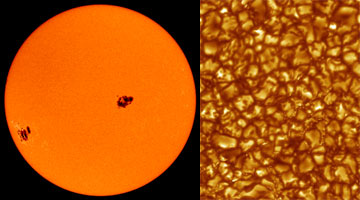
Most of the energy we receive from the Sun is the visible (white) light emitted from the photosphere. The photosphere is one of the coolest regions of the Sun (6000 K), so only a small fraction (0.1%)
...more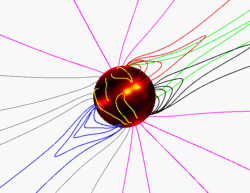
The gas in the solar corona is at very high temperatures (typically 1-2 million kelvins in most regions) so it is almost completely in a plasma state (made up of charged particles, mostly protons and electrons).
...more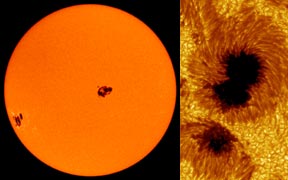
Sunspots are dark, planet-sized regions that appear on the "surface" of the Sun. Sunspots are "dark" because they are colder than the areas around them. A large sunspot might have a temperature of about
...more














